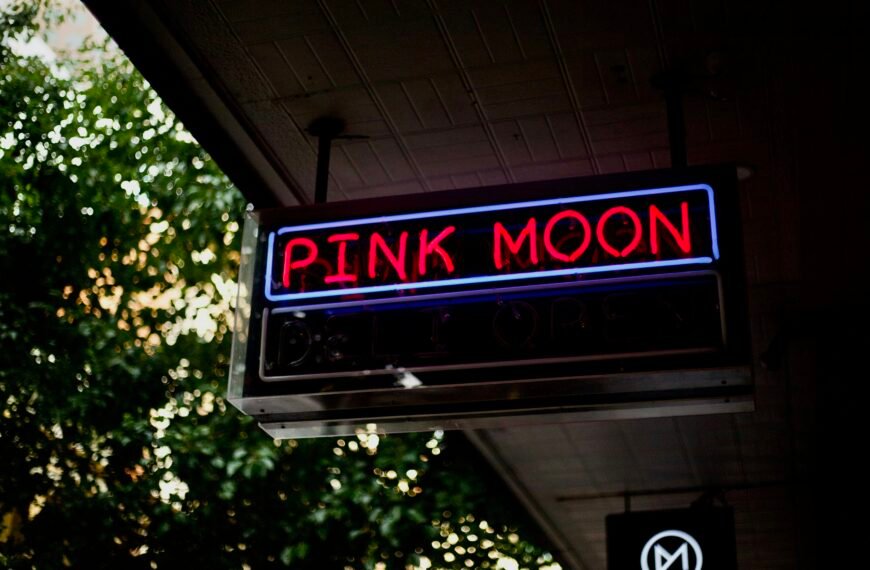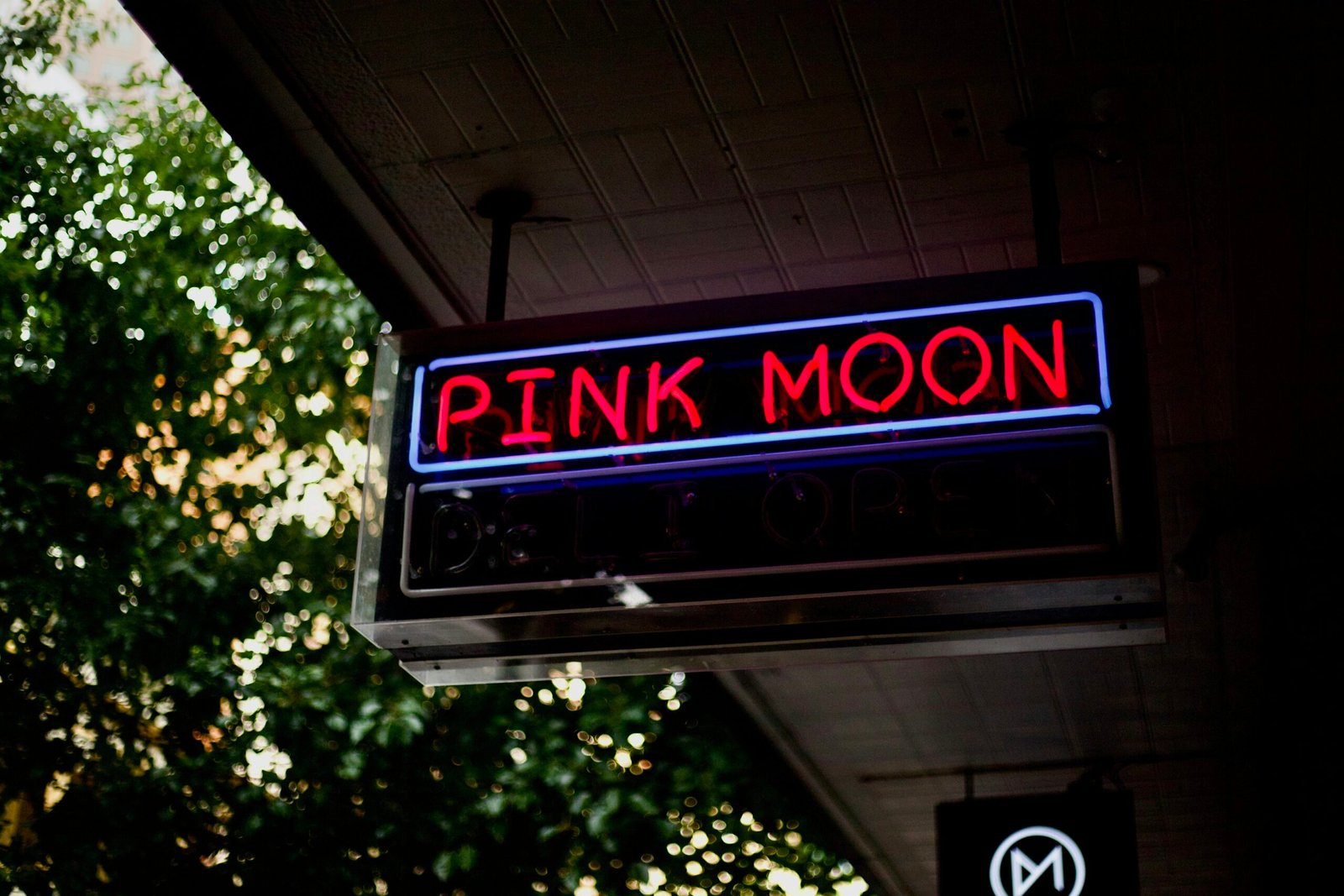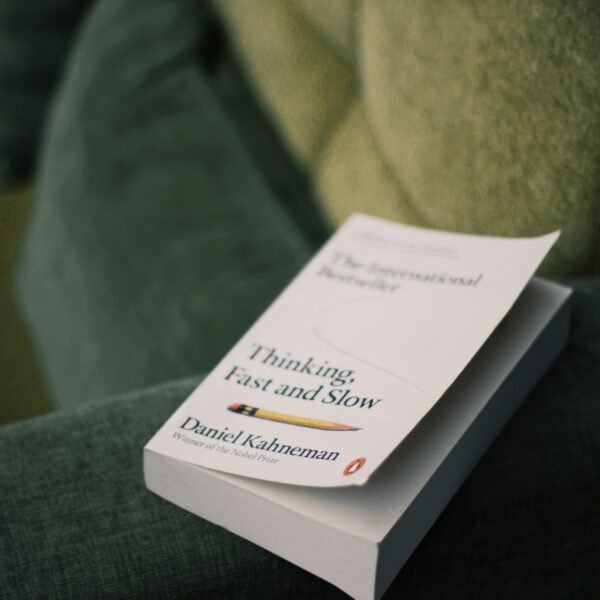Step into the world of the Harlem Renaissance as an ambitious new exhibition at the Metropolitan Museum of Art uncovers the hidden gems of black art collections. The Harlem Renaissance, a cultural movement that thrived in the early 20th century, brought forward iconic figures such as Langston Hughes and Duke Ellington. However, the visual artists of the time, like Laura Wheeler Waring and Charles Henry Alston, have often been overlooked. This exhibition seeks to rectify that oversight by showcasing the vibrant contributions of these artists, challenging the notion that their work is separate from European and American modernism. Get ready to immerse yourself in a captivating display of art that redefines our understanding of this golden era.

Background of the Harlem Renaissance
The Harlem Renaissance was a cultural, social, and artistic movement that took place in Harlem, New York City, during the 1920s and 1930s. It was a period of great cultural and intellectual vitality for African Americans, as they sought to establish their presence and voice in American society. The movement encompassed various art forms such as literature, music, visual arts, and theater, and it paved the way for the development of African American identity and cultural expression in the 20th century.
Underrepresented Artists
Despite the significant impact of the Harlem Renaissance, there were many artists who were underrepresented and did not receive the recognition they deserved. Among them were Laura Wheeler Waring, Charles Henry Alston, Malvin Gray Johnson, and Richmond Barthé. These artists made significant contributions to the movement but were often overshadowed by more well-known figures.
Laura Wheeler Waring
Laura Wheeler Waring was an African American painter and educator. She specialized in portraiture and was known for her ability to capture the unique personality and essence of her subjects. Waring was committed to portraying African Americans in a dignified and authentic manner, challenging stereotypes and promoting a positive image. Her paintings, such as “Girl in Pink Dress,” showcased her talent for capturing vibrant colors and capturing the nuanced expressions of her subjects.
Charles Henry Alston
Charles Henry Alston was a prominent African American artist and educator. He worked in various mediums, including painting, sculpture, and murals. Alston’s work often explored themes of identity, social justice, and African American experiences. His painting “Girl in a Red Dress” is a powerful portrayal of a young girl with a confident and defiant expression, symbolizing the resilience and strength of African American youth.
Malvin Gray Johnson
Malvin Gray Johnson was an African American painter known for his vibrant and expressive use of color. His work often depicted scenes from everyday life, capturing the vibrancy and diversity of Harlem during the Renaissance. Johnson’s paintings, such as “Swing Low, Sweet Chariot,” reflected his interest in spirituality and the African American experience.
Richmond Barthé
Richmond Barthé was an African American sculptor known for his innovative and expressive sculptures. His work often explored themes of race, identity, and spirituality. Barthé’s sculptures, such as “African Dancer” and “The Boxer,” showcased his ability to capture movement and emotion in his art.
Recognition and Importance
The exhibition at the Metropolitan Museum of Art aims to shed light on the contributions of underrepresented artists of the Harlem Renaissance and highlight their significance in the broader context of modernism. By comparing their work to that of well-known figures such as Langston Hughes and Duke Ellington, the exhibition seeks to challenge the notion that these artists were peripheral or separate from the mainstream artistic movements of the time.
Reassessment of Contributions
The exhibition serves as a reassessment of the contributions of underrepresented artists to the Harlem Renaissance. It seeks to reposition their work within the larger narrative of American and European modernism, emphasizing their influence and impact on the art world. By examining the styles, themes, and techniques employed by these artists, the exhibition provides a comprehensive understanding of the diverse artistic landscape of the Harlem Renaissance.
Impact on Modernism
The Harlem Renaissance had a profound impact on modernism, both in terms of artistic expression and cultural identity. The movement challenged prevailing notions of race, class, and gender, and provided a platform for African American artists to explore their own experiences and perspectives. The works of underrepresented artists showcased in the exhibition demonstrate their significant contributions to the evolution of modernism, influencing future generations of artists and shaping the discourse surrounding art and identity.
The Exhibition
The exhibition titled “The Harlem Renaissance and Transatlantic Modernism” is scheduled to open on February 25 at the Metropolitan Museum of Art in New York City. The exhibition aims to bring attention to the works of underrepresented artists of the Harlem Renaissance and highlight their relevance in the contemporary art world.

Location at the Metropolitan Museum of Art
The exhibition will be held at the Metropolitan Museum of Art, one of the world’s largest and most renowned art museums. The museum’s commitment to showcasing diverse perspectives and promoting inclusivity makes it the ideal venue for this groundbreaking exhibition. The exhibition will be located in a designated gallery space that allows for an immersive and engaging experience for visitors.
Curatorial Team
The curatorial team responsible for organizing the exhibition consists of experts in African American art, Harlem Renaissance, and modernism. They have conducted extensive research and collaborated with various institutions and collectors to bring together a comprehensive collection of artworks that represent the diverse voices and experiences of African American artists during the Harlem Renaissance.
Theme and Focus of the Exhibition
The theme of the exhibition centers around reclaiming the narrative and highlighting the overlooked contributions of underrepresented artists during the Harlem Renaissance. The exhibition seeks to challenge traditional narratives of art history by presenting these artists as integral to the broader modernist movement. The focus will be on exploring the unique styles, themes, and techniques employed by these artists and examining their impact on the development of modern art.
Artworks on Display
The exhibition will feature a range of artworks by underrepresented artists of the Harlem Renaissance, including Archibald Motley Jr.’s “Black Belt,” Augusta Savage’s sculpture “Lift Every Voice and Sing (The Harp),” and Charles Henry Alston’s “Girl in a Red Dress.” These artworks represent the diversity and innovation of African American art during this period and showcase the talent and creativity of these underrepresented artists.
Loans from Black Collections
The exhibition has been made possible through the involvement and contributions of Black colleges, family collections, and other sources that have preserved and celebrated the artworks of underrepresented artists. These loans from Black collections not only highlight the importance of diverse ownership and representation in the art world but also provide an opportunity for these artworks to be seen and appreciated by a wider audience.
Involvement of Black Colleges
Black colleges have played a crucial role in preserving the legacy of underrepresented artists of the Harlem Renaissance. Through their art programs and collections, Black colleges have served as important repositories of African American art history. The exhibition at the Metropolitan Museum of Art includes loans from Black colleges, giving these institutions the recognition they deserve for their contributions to the preservation and promotion of African American art.
Family Collections and Contributions
The exhibition also includes contributions from family collections, highlighting the role of individual collectors in preserving and celebrating the artworks of underrepresented artists. These family collections have served as guardians of the artists’ legacies, ensuring that their work is not forgotten and providing valuable insights into their lives and artistic practices.
Importance of Diverse Ownership
The loans from Black collections and family collections emphasize the importance of diverse ownership in the art world. By showcasing artworks from these collections, the exhibition challenges traditional notions of ownership and highlights the valuable contributions of these often overlooked collectors. It also serves as a reminder of the need for greater diversity and inclusion in the art world, both in terms of artists and collectors.
Impact on Representation
The exhibition holds significant implications for representation in the art world. By reclaiming the narrative and highlighting the contributions of underrepresented artists, the exhibition challenges the dominant cultural narratives that have marginalized these artists for decades. It serves as a platform for African American artists to be seen, heard, and recognized for their artistic achievements, and it promotes a more inclusive and accurate understanding of art history.
Reclaiming the Narrative
One of the key goals of the exhibition is to reclaim the narrative surrounding the Harlem Renaissance and challenge the prevailing views that have shaped our understanding of this period. By shedding light on the work of underrepresented artists, the exhibition presents a more nuanced and comprehensive picture of the movement, highlighting the diverse range of artistic practices and perspectives that emerged during this time.

Highlighting Overlooked Artists
The exhibition provides an opportunity to highlight the often overlooked artists of the Harlem Renaissance and showcase their talent and creativity. By featuring their artworks alongside those of more well-known figures, the exhibition demonstrates the significant contributions of these underrepresented artists and seeks to rectify the historical oversight that has marginalized their work.
Promoting Diversity and Inclusion in the Art World
The exhibition’s focus on underrepresented artists promotes diversity and inclusion in the art world. By showcasing a diverse range of artists and perspectives, the exhibition challenges the narrow definitions of artistic excellence and expands the canon of art history. It encourages visitors to reevaluate their own biases and assumptions and fosters a more inclusive and equitable art community.
Reception and Public Response
The exhibition has received enthusiastic reviews from art critics and scholars, who applaud its efforts to shed light on the underrepresented artists of the Harlem Renaissance. Early reviews praise the curatorial team for their comprehensive approach and commend the Metropolitan Museum of Art for hosting such an important and groundbreaking exhibition.
Early Reviews and Critics’ Opinions
Art critics and scholars have lauded the exhibition’s curatorial team for their meticulous research and thoughtful curation. They appreciate the exhibition’s focus on underrepresented artists and its efforts to challenge traditional narratives of art history. Critics recognize the significance of the exhibition in rectifying historical injustices and promoting a more inclusive and accurate understanding of the Harlem Renaissance.
Public Interest and Attendance
The exhibition has generated significant public interest, with many art enthusiasts and scholars eagerly anticipating its opening. The Metropolitan Museum of Art expects a high turnout of visitors, reflecting the public’s growing interest in the Harlem Renaissance and its underrepresented artists. The exhibition’s engaging and immersive presentation is expected to resonate with visitors of all backgrounds and ages.
Social Media Reactions
Social media reactions to the exhibition have been overwhelmingly positive, with users expressing excitement and anticipation. The exhibition’s announcement has sparked conversations about representation in the art world and the importance of recognizing and celebrating underrepresented artists. It has also inspired discussions about the broader implications of the Harlem Renaissance and its lasting impact on American culture.
Educational Programming
In addition to the exhibition, the Metropolitan Museum of Art has planned a series of educational programs to complement and enhance the visitor experience. These programs include lectures and panel discussions featuring prominent scholars and experts in African American art and the Harlem Renaissance. Guided tours and workshops will also be offered to provide a deeper understanding of the artworks on display and the historical context in which they were created.
Lectures and Panel Discussions
Lectures and panel discussions will cover various topics related to the Harlem Renaissance and its underrepresented artists. Scholars and experts will explore the social, cultural, and artistic importance of the movement, shedding light on its impact on American society. These educational programs aim to provide visitors with a well-rounded understanding of the historical and intellectual context of the Harlem Renaissance.
Guided Tours and Workshops
Guided tours and workshops will offer visitors the opportunity to engage with the artworks on a deeper level. Educators and curators will provide insights into the artists’ lives, artistic practices, and the historical significance of their work. Workshops will allow visitors to participate in hands-on activities and gain a better understanding of the artistic techniques employed by the underrepresented artists of the Harlem Renaissance.
Collaborations with Educational Institutions
The Metropolitan Museum of Art has collaborated with educational institutions to extend the reach and impact of the exhibition. These collaborations include partnerships with local schools and colleges to develop educational resources and programs for students. By engaging with educational institutions, the museum aims to inspire and educate future generations of artists and art enthusiasts about the Harlem Renaissance and its underrepresented artists.
Legacy and Future Implications
The exhibition’s legacy extends beyond its run at the Metropolitan Museum of Art. It has the potential to reshape the narrative of the Harlem Renaissance and redefine the canon of art history. By recognizing and celebrating underrepresented artists, the exhibition serves as a catalyst for continued research and study, encouraging scholars and art institutions to reassess their understanding of the Harlem Renaissance and its contributions to modernism.
Long-term Impact on Art History
The exhibition’s long-term impact on art history lies in its ability to shape future scholarship and discourse. By showcasing the works of underrepresented artists and challenging traditional narratives, the exhibition prompts a reevaluation of art historical canons and expands the understanding of modernism. It encourages further research and study into the contributions of underrepresented artists, ensuring their lasting legacy in the annals of art history.
Continued Research and Study
The exhibition serves as a starting point for continued research and study into the underrepresented artists of the Harlem Renaissance. It has drawn attention to the need for further exploration and analysis of their artworks and artistic practices. Scholars, curators, and art historians are likely to delve deeper into the lives and contributions of these artists, providing a more comprehensive understanding of their impact on art history.
Inspiration for Future Artists and Exhibitions
The exhibition provides inspiration for future artists and exhibitions by showcasing the achievements and perseverance of underrepresented artists. By highlighting the diverse range of artistic practices and perspectives of the Harlem Renaissance, the exhibition serves as a source of inspiration for contemporary artists and curators. It encourages the exploration of underrepresented voices and narratives in the art world and promotes the continued celebration of diversity and inclusion in artistic expression.







